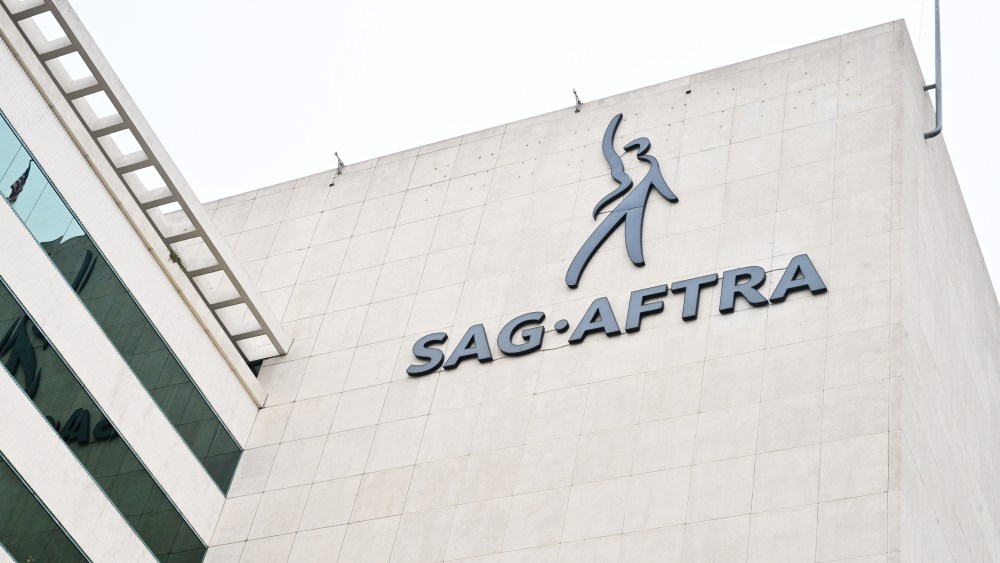Last week, talks between the major studios and SAG-AFTRA collapsed. The studios said the gap between the two sides was “too great” to continue productive negotiations.
Until they can close the gap, SAG-AFTRA will continue to strike and the entertainment industry will remain closed.
How big is this gap?
About $480 million per year.
That’s the difference between what SAG-AFTRA wants in a new streaming residual formula – $500 million – and what the Alliance of Motion Picture and Television Producers is currently willing to pay – $20 million.
The two sides also disagree on other issues, including artificial intelligence and increases in minimum rates. But it was the huge gap in streaming residuals that caused the talks to collapse.
Union leaders have said they expected to continue negotiating and were surprised when the AMPTP abandoned the negotiating table. However, according to AMPTP, the union issued an ultimatum, demanding studios agree to its “untenable” proposal for a per-subscriber tax or the strike would continue.
Streaming residuals were central to both the writers’ and actors’ strikes.
The WGA won a bonus for the most watched streaming shows. The WGA was able to establish the principle that successful shows on streaming should be paid more. However, to achieve this, the company was willing to settle for a relatively small amount of money – initially about $5 million a year, according to sources. (The WGA did not respond to a request for comment.)
SAG-AFTRA aims much higher. The guild has proposed that each streaming platform pay 57 cents per subscriber per year. Duncan Crabtree-Ireland, the union’s chief negotiator, said the total amounts to less than one stamp per subscriber – a first-class stamp now costs 66 cents – or $500 million a year across all platforms.
This money would go into a jointly managed fund. The fund’s trustees would distribute it to actors whose projects appear on the platforms. According to the union, the funds would likely be allocated based on viewership of each program.
SAG-AFTRA has scrapped an earlier proposal that would rely on Parrot Analytics, a third-party data provider, to assign a value to each show. Instead, the trustees would use the platforms’ viewership data, which the platforms have already agreed to provide to the WGA.
The trustees would also have to determine how the remaining amounts would be divided among the performers of each show. Under current structures, balances are paid out based on either “time and salary units” or a “pro rata distribution formula,” also known as a “3-2-1” formula. In both methods, series regulars receive more than guest stars, who receive more than daily players.
The AMPTP, meanwhile, is putting forward essentially the same proposal that was approved by the WGA. Under the WGA contract, ratified two weeks ago with 99% of the vote, writers receive a 50% bonus on their fixed balance on successful shows. Shows qualify if their domestic views reach the equivalent of 20% of the domestic subscriber base within 90 days.
According to studios provided to the WGA, about a quarter of all streaming shows would receive the bonus.
According to Ted Sarandos, co-CEO of Netflix, it would cost four to five times as much to apply this provision to actors. SAG-AFTRA has said it expects the studios’ offer would pay about $20 million a year.
When the WGA finalized its deal last month, there was some speculation that SAG-AFTRA would have been brought into the process and would accept something similar. That didn’t come true.
Negotiations with SAG-AFTRA resumed on October 2nd. Fran Drescher, the union’s president, continued to push for a 2% revenue share, saying it would “change the world” for actors.
Over opposition from studio CEOs, the union agreed to cut its proposal in half to 1%. But the CEOs continued to make it clear that they would not accept any level of revenue sharing.
That’s when SAG-AFTRA came back last Wednesday with its proposal for the 57 cents per subscriber formula, which would generate as much money as the 1% revenue share. In their presentation to the studios, the figure was given as $1 per year, leading the studios to conclude that the guild wanted $800 million per year. But the union says its proposal cuts that amount to 57 cents to account for programs like news and sports that aren’t covered by the union.
It seemed to the studios that this was another version of the same idea that they had already rejected several times, and that the discussions were not fruitful.
The studios have estimated that their July 11 offer will be worth more than $1 billion to actors over three years, mostly in the form of higher minimum wages.
Repeat of the VIP+ webinar: Hollywood on strike – what happens next?

